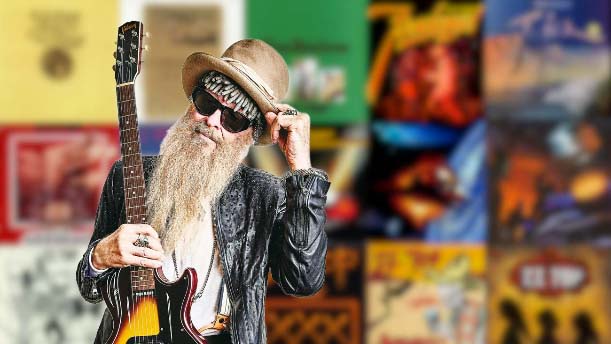As Billy Gibbons prepares to take a reconfigured ZZ Top out on the road, he's given Classic Rock his personal lowdown in the band's studio output, from 1971's debut ZZ Top's First Album to 2012's La Futura.
The band, with new bass player Elwood Francis now settled into the stage right position vacated by the late Dusty Hill, have three outdoor shows booked in New Zealand next month before teaming up for more with Willie Nelson and Lynyrd Skynyrd back home in the good ol' US of A. Tickets are on sale now.
ZZ Top's most recent release was 2021's live soundtrack album Raw.

ZZ Top's First Album (1971)
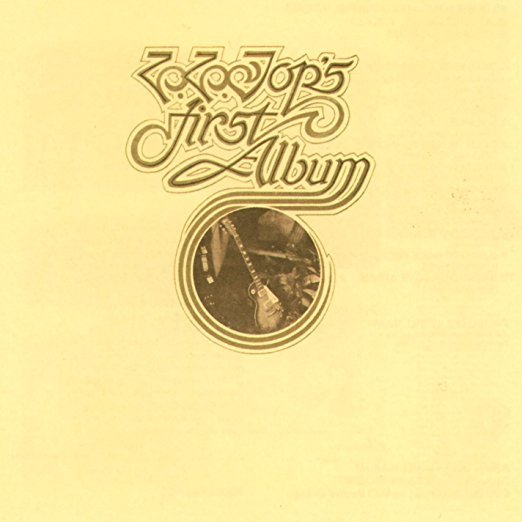
"It was recorded when we first formed, in 1970, and wrapped up by about March 1970. I had assembled a personal catalogue, which fortunately became what we called the band catalogue when Dusty [Hill, bass] and Frank [Beard, drums] entered the picture.
“The only thing that kept us going on that first album was the fact that we had the opportunity to release a record on the same label as the Rolling Stones [London Records]. I’m serious – that was it!
“But we remained true to the core: it was twelve-bar blues or bust. The playing was there, the tempo was good, and it’s very bluesy. I listened to it for the first time in a while and said: ‘Man, we sure were bluesy.’ It’s a period kind of sound.
“Is ZZ Top a blues band? Well, we’re interpreters of blues bands. The wave of blues we enjoyed – not only being a part of, but also influenced by – was ushered in by the English guys. I think it would be fair to say that we were subliminally influenced
throughout: The Animals, the Stones, The Beatles, The Who, The Kinks, Clapton, Beck… maybe a couple more. Which is kind of what got us thinking: ‘Hey, we can hot-rod this stuff and make it really fun to play for ZZ Top.’ There’s a handful of Americans, a handful of guys from England, a handful of guys from points around the world that recognised the value of the impact of this strain of music that goes all the way back to Africa. And I’ll be honest with ya, I still dig it.”
Highlights: Brown Sugar, Goin’ Down To Mexico
Rio Grande Mud (1972)
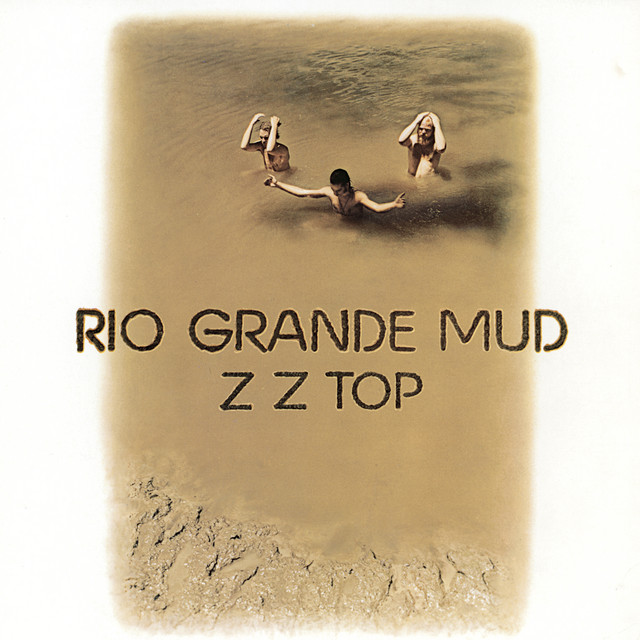
"I was using a lot of Fenders [guitars] in the studio but I quit playing them live about 1973. Apologies To Pearly was played on a Fender Stratocaster tuned to open E, and Chevrolet was again a Strat, with out-of-phase positioning on the front two pickups.
“Francine was written with a guy who’s dead now, Steve Perron, who was a great writer. He loved the Stones, and that was his tag at the end [Francine borrows from the climax of the Stones’ Brown Sugar]. It was kind of unintentional at the time, but very close.
“It’s not like these sounds haven’t been done before, it just took somebody like ZZ Top to come along and put them in their proper perspective. I’m just excited by the continuance of the development of new sounds.”
Highlights: Francine, Just Got Paid
Tres Hombres (1973)
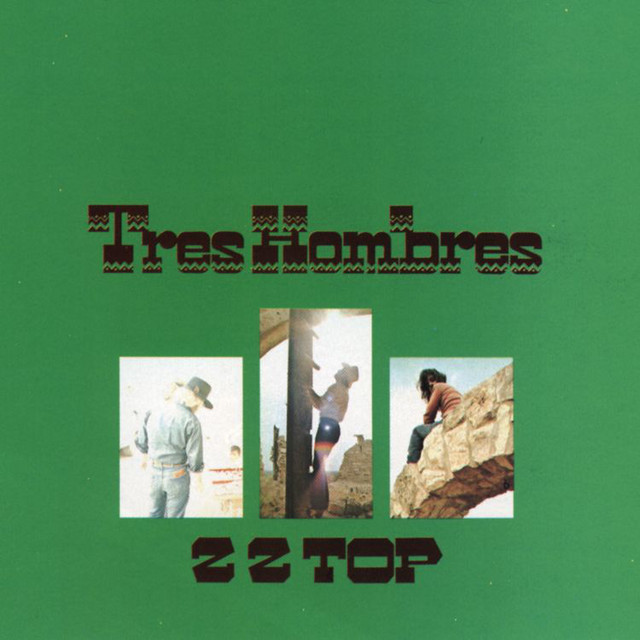
“That’s the famous Mexican food [inside sleeve photo] album. We stretched out and kind of went down the boundaries, if you will. And although the song La Grange was the first ZZ Top Top 10, it remained well within the reaches of the Blues – capital B – the confines on which we base the band to this very day.
“That was the beginning of using harmonics. Harmonic city. My solo playing back then was pretty quick. The funny thing was, I slowed down later on to make the articulation more apparent and to eliminate any sloppiness. But listening back, I think the execution was fine. So I don’t think it’s anything to be ashamed of.”
Highlights: Waitin’ For the Bus, La Grange, Hot, Blue And Righteous
Fandango! (1975)
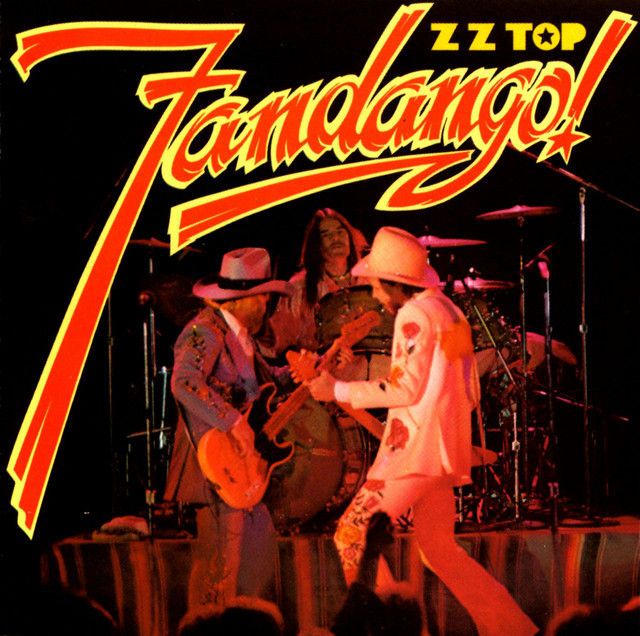
“After the successful release of Tres Hombres, we attempted to keep the records kind of bluesy. But we also allowed the one oddball track here and there. We’ll fast-forward to Heaven, Hell Or Houston [on El Loco] and even Manic Mechanic [Deguello] that still stands on the fringe.
“Tush was on Fandango!. We wrote that in Muscle Shoals, Alabama – and boy, it was hot and steamy! We were at some rodeo building and we came up with that. It just happened – we wrote it on the spot at a rehearsal. We were playing some show that night and wrote it before the show. Dusty sang it and never changed it. It was fun. I think my slide work in that was some of the best I’ve ever done. I still play that live about the same.”
Highlights: Tush, Heard It On The X
Tejas (1977)

“I played harmonica on this one, on It’s Only Love. Talking about harmonica, you say: ‘Well how much more blues-tech does ZZ Top care to get?’ There will be a line drawn before tech-blues will just become tech and you’ll want to hear more blues. And there’s the wah-wah on Snappy Kakkie that I’ve used in a subtle way. Wah-wah can quickly grate if you’re not careful. Beck, Clapton, Page and Hendrix were all fairly tasty. I sat with Hendrix and he showed me a lot of licks – and I can’t do any of them!”
Highlights: It’s Only Love, Arrested For Driving While Blind
Deguello (1979)
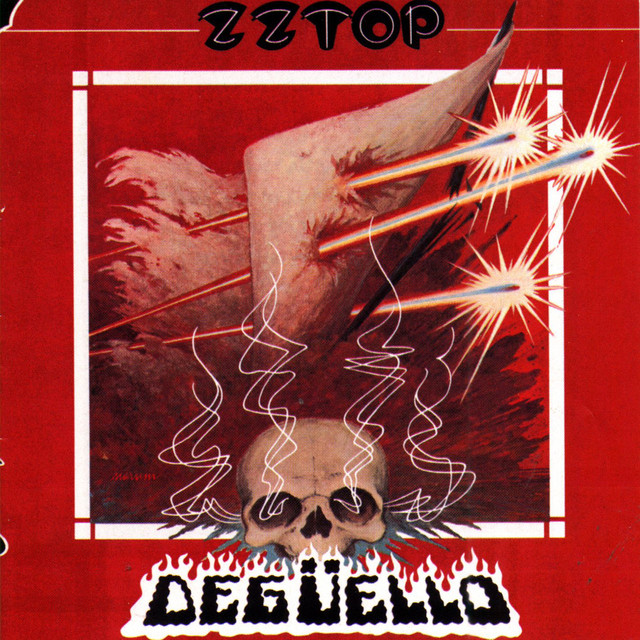
“That was our leap from London Records to Warner Brothers. We attempted to maintain the cornerstone of twelve-bar blues, or just blues music period. Of course, we were bombarded with the punk rock movement.
“Here you find the band starting to stretch out a little bit. It’s the first time we used synthesisers, on Cheap Sunglasses. I think Deguello was the first record we completed after the ushering in of the punk scene. And we can gladly tip our hats to the doors they opened. Here was a kick-ass brand of music that was making a statement: ‘To hell with the FM playlist, we’re gonna do it like we wanna do it!’ I think it allowed us to relax to the point where we could use it.
“We did the two covers, Dust My Broom and Thank You on Deguello; there are so many wonderful tunes to be done. We probably do as interesting a set in our dressing room as the one we play on stage. We’ve played a lot of [record label] Stax in the dressing room. I would have loved to have worked with an R&B band. That was a big influence.”
Highlights: Manic Mechanic, Cheap Sunglasses
El Loco (1981)
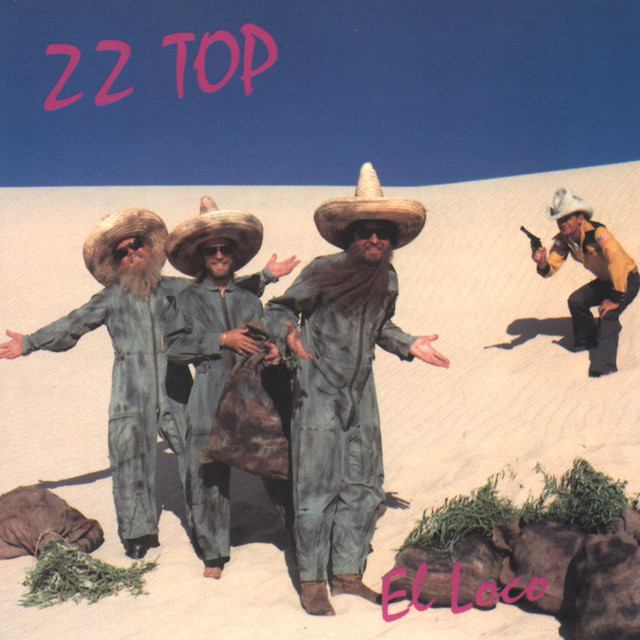
“As far as El Loco’s position with current musical trends, we got pigeonholed with a real strange group of friends. Tube Snake Boogie ended up being played more on the punk station here, KROQ [in Los Angeles], than anywhere else.
“Well, certainly ZZ Top is not a punk band, but it was more of an underground thing. And here we are after twelve years, and finally we’re an underground thing again!
“On El Loco there are some interesting offerings, like Party On The Patio which doesn’t necessarily leave the three-chord progression behind but it’s definitely a step outside of Clarksdale, Mississippi. Although they probably have a lot of parties on the patio in Mississippi. And the Moog bass lines on Ten Foot Pole.
“Of course, some great disasters have occurred when discretion was not exercised. And fortunately our producer [Bill Ham] was functioning as an objective observer who wasn’t caught up in: ‘Hey, I finally made this machine work!’ He was more: ‘Okay, you’ve made it work. Can you make it work with the band?’ Because we were pushing the issue with Groovy Little Hippie Pad at the time.
“El Loco was a mellower record overall.”
Highlights: Tube Snake Boogie, Pearl Necklace
Eliminator (1983)
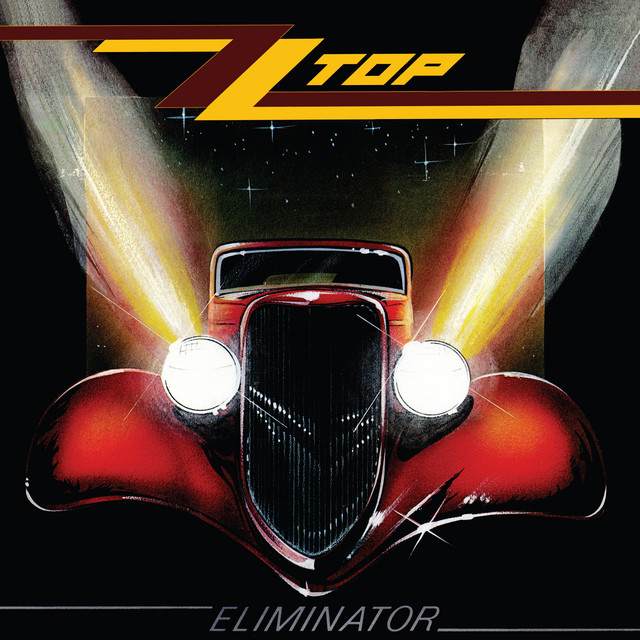
“We had spent quite bit of time really getting serious with tempo and composition. We said: ‘How do we bring blues into this new era?’ With the ushering in of the kind of technology that the eighties was promising to present, and the kind of creative inventiveness that the techno-pop bands from England were massaging their hardware into doing, that made it a pretty interesting proposition. ‘Hey, can a down-and-dirty blues band ever make sounds with this stuff that will work?’ That became the backbone. And the real challenge was not necessarily with guitar and bass, but it started with Frank saying: ‘Okay, I’m gonna lay this down here at this beat and you guys fall in.’
“We tried it, and of course it was a mild lean on synthesisers compared to what we did later with Afterburner; it was mild compared to what Van Halen were able to do with Jump. But all of a sudden, here you’ve got a second-generation wave of synthesisers that offer the kind of manipulations where a more human touch can be put into it.
“There were moments when we thought: ‘Are we making a mistake?’ But there weren’t many of them. At our rehearsal sessions they left us quaking in our boots because we were biting at the bit to use anything we could. But I think [Bill, manager/producer at the time] Ham had a couple of raised eyebrows. I like the analysis of drums to rockabilly – that could be what synthesisers are to blues bands today. They tried it and got away with it, we tried it and got away with it. And I’m curious what might be the next ‘Oh, you can’t do that’ thing. Needless to say, the formula was a success.”
Highlights: Gimme All Your Lovin’, Got Me Under Pressure, Sharp Dressed Man, Legs, I Need You Tonight
Afterburner (1985)
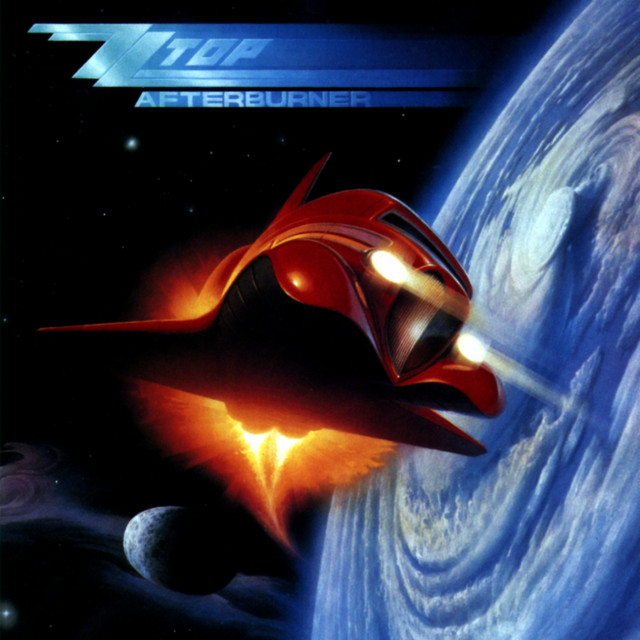
“I think we were aware of the success of Eliminator and I think we were spending a little more time inspecting the quality of the compositions and the quality of the execution. Because it was seemingly an impossible task to top Eliminator. But we certainly didn’t want to feel that we hadn’t done everything to at least give it another one of our best.
“We knew, for us, we were tiptoeing through sacred ground by venturing out into synthesiser stuff. But Dusty’s approach was: ‘Hell, turn it on and I’ll make a mess of it quickly’ [Hill played the keyboard parts]. I felt the same way: ‘Let’s not pretend to be experts or technicians with this thing.’ Our point is, we probably do better by not knowing enough about it, and consequently our synthesiser work is not the kind of melodic classical thing that people normally would be afraid of.
“We didn’t even mention keyboards on the album sleeve. Ham didn’t want a bunch of notes on there. I think there was still a point to be proved to a ZZ Top loyalist. If it read ‘synthesiser’, maybe they would be offended before they would give it a chance to be heard. And I think we fought more the word than the sound.
“The harshest guitar tone I’ve ever had comes on Sleeping Bag. My obscenity comes in harmonics rather than grind for a tone; I really lean heavy on harmonics. And that started with La Grange. It happened by accident and the fact that you could control it. Because harmonics are unpredictable it made them fun to use. They’re always in the right key, but when you really catch one sideways, man, it’s way out!”
Highlights: Sleeping Bag, Rough Boy
Recycler (1990)
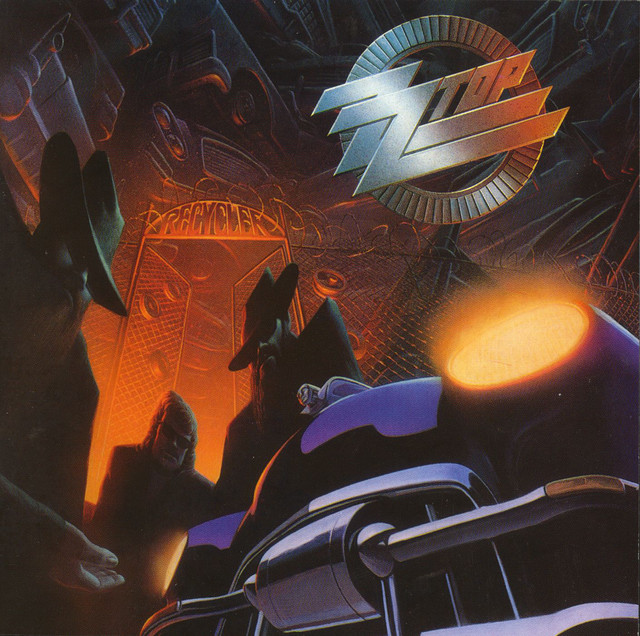
“We’re a band that uses old tricks, new tricks and all points in between. Our attention was shared with the challenges of the studio with producing a stage production that would equate with what we were doing behind closed doors.”
Highlight: Doubleback
Antenna (1994)
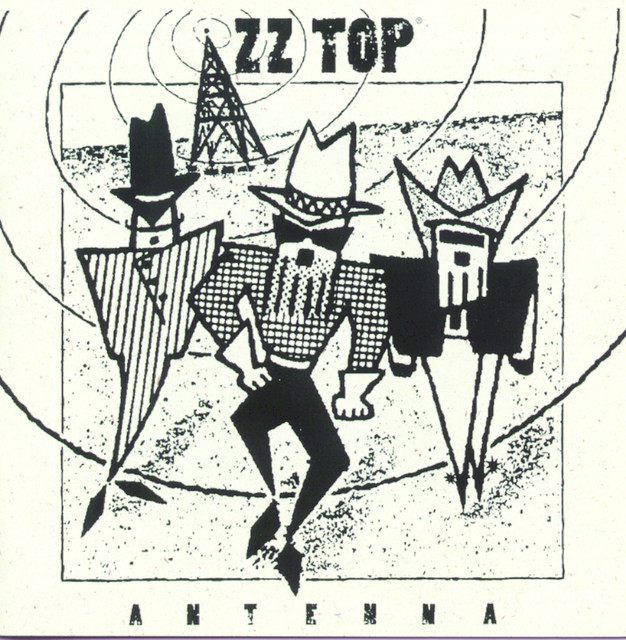
“To sum up the vibe of Antenna, we started experimenting with all kinds of luxuries, stuff like two-and three-track overdubs of a vocal. It was during the recording of Antenna that we said: ‘We can make these guitar tracks giant. What if we did the same treatment with vocal tracks?’”
Highlight: Pin Cushion
Rhythmeen (1996)
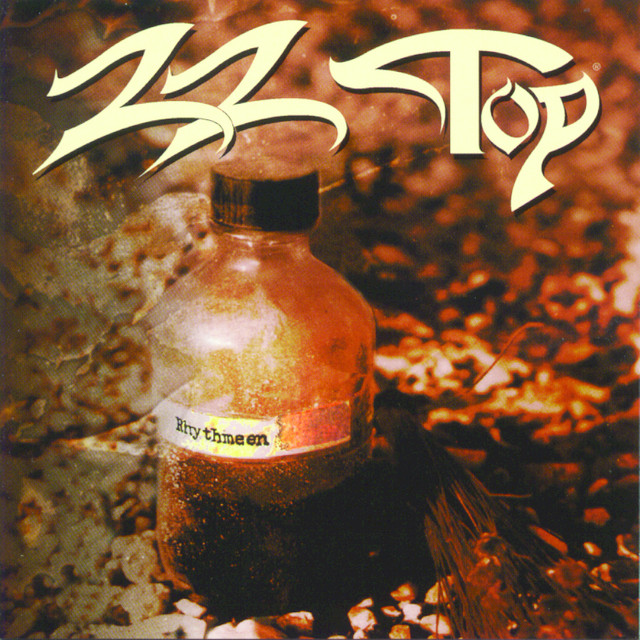
“Rhythmeen may stand as the truest test of ZZ Top as a trio. If you listen to that record, there are no overdubs. That was pure band going in and saying: ‘Okay, we think we know these songs, we’re gonna try and lay ’em down.’
“It’s really a cool record. Prior to that, ZZ Top was actually like a five- or six-piece band. And that was only due to the benefit of multi-tracking. And although we still have that advantage on our side, we wanted a true trio record. Rhythmeen brought us back to the First Album, to the glory days of Eliminator."
“It allowed us to do some amazing stuff as a trio. When you’ve got two rhythm guitar parts going on and a lead vocal going on and then you get to lay down a lead guitar track on top, you become like a nine-piece band. So here’s Rhythmeen, and we’re gonna record these as we rehearsed ’em. It took quite a bit of gumption to get to that point.
“The title of the album could basically be interpreted from the words ‘mean rhythm’. Rhythmeen was really the cornerstone for a true ZZ Top record.”
Highlights: Black Fly, Rhythmeen, Zipper Job
XXX (1999)
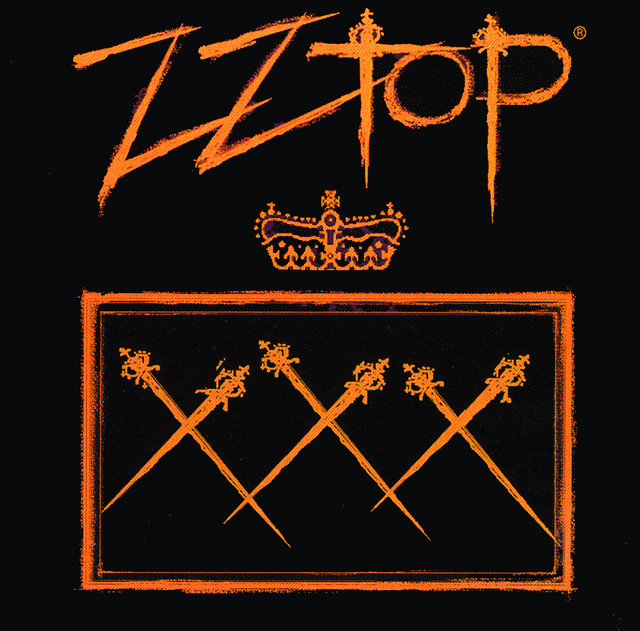
“It was like: ‘Okay, this feels good. We can still be a blues band and we can stand as a trio. It’s just gonna require a little extra practice before we walk into the studio.
“And of course Jeff Beck sings in conjunction with me on the chorus of a song called Hey Mr. Millionaire. The invitation arrived to sing on his record, but unfortunately I was way off in Europe and unable to make his deadline. I called him from overseas and he said he was out with BB King, and I was cringing that we were not able to see one of the greatest combination shows ever.”
Highlight: Poke Chop Sandwich
Mescalero (2003)
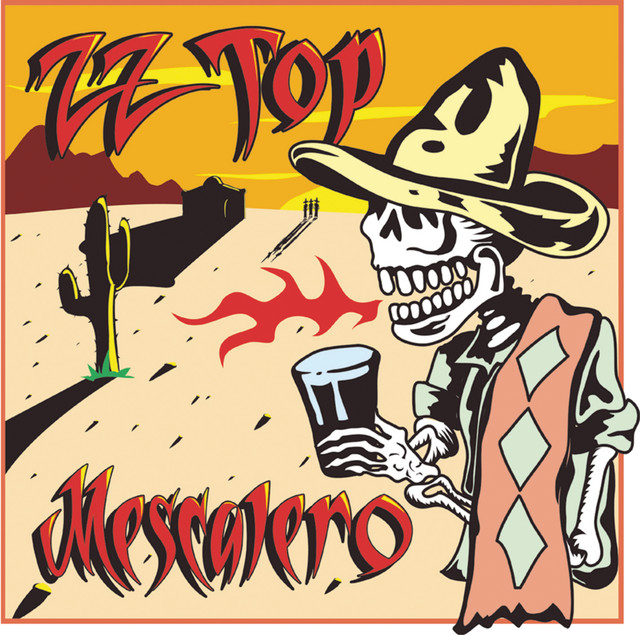
“Mescalero started with a trip to the Mexican border – like so many of our records. This particular trip found us sampling the mysterious virtues of mescal, which is the dangerous cousin to tequila. All of this is tied in with the Mescalero Indian tribe. That’s the colourful and humble beginning of this.
“We said: ‘Gee whiz, no holds barred – whatever we think will work for ZZ Top.’ And then were scratching our heads, going: ‘Well, what is ZZ Top?’At this point it’s safe to say we don’t really know. We’ve still got a cornerstone; we still got a benchmark of twelve-bar blues. After that, anything goes.”
Highlights: Piece, Goin’ So Good
La Futura (2012)
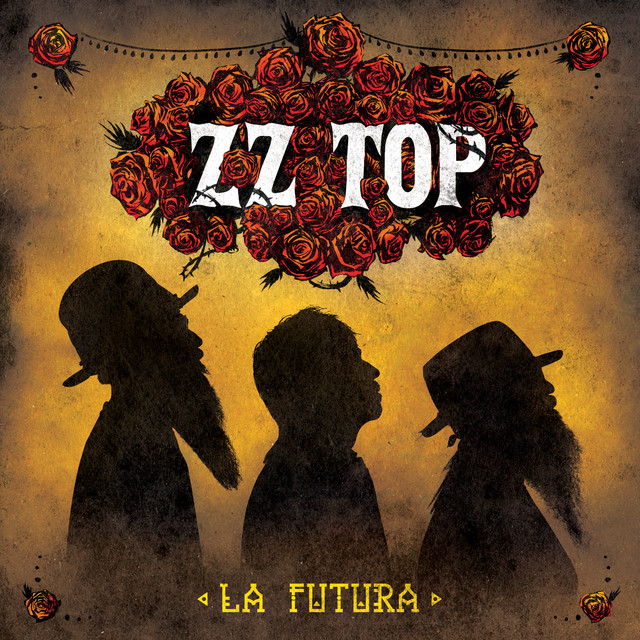
“The band is constantly attempting to expand the elegance of the simple trio for bigger effect. The steady and stalwart sides of the sound – focus and ferocity – remain constant. It’s the addition of fuzz and frazz that builds it up. We’re still just three guys drawing on anything and everything to make it snap. That intro riff [on I Gotsta Get Paid] sets its southern-ness front and centre. It’s a combination of hip-hop and the blues of Lightnin’ Hopkins, a homage to these heroes of the Houston ghetto.
“Rick [Rubin, producer] knows what he wants to hear and is patient enough to wait, so some people could be aggravated by what they perceive to be delaying. It’s actually the opposite of that. He knows what he wants to hear. It’s the arrival of the right moment. He would say things like: ‘You don’t have to try and be a better band.’ That’s what got the three of us entering the studio and kind of making it up as we went along.
“It’s difficult to find an artist that can do a ZZ Top song, we’re so personality-heavy. ZZ’s horizon knows no limit. We’ll go to the known and just as quickly find ourselves in the land of the unknown!”
Highlights: Gotsta Get Paid, Flyin’ High
